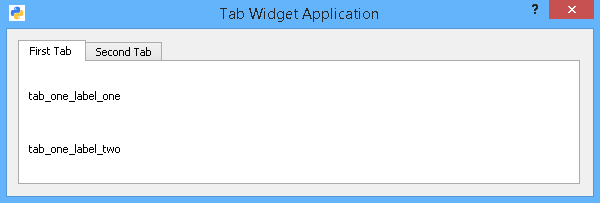Use a default application and add this widget.
You can change and get the date from the widget calendar like any widget.
The result of this source code is this result:

This is the source code for QCalendarWidget example:
import sys
from PyQt5 import *
from PyQt5.QtWidgets import QApplication, QCalendarWidget, QWidget, QLabel
from PyQt5.QtCore import *
from PyQt5.QtGui import *
class Example(QWidget):
def __init__(self):
super(Example, self).__init__()
self.initUI()
def initUI(self):
my_calendar = QCalendarWidget(self)
my_calendar.setGridVisible(True)
my_calendar.move(10, 20)
my_calendar.clicked[QDate].connect(self.show_date)
self.my_label = QLabel(self)
date = my_calendar.selectedDate()
self.my_label.setText(date.toString())
self.my_label.move(10, 220)
self.setGeometry(100,100,320,270)
self.setWindowTitle('Calendar')
self.show()
def show_date(self, date):
self.my_label.setText(date.toString())
def main():
app = QApplication(sys.argv)
ex = Example()
sys.exit(app.exec_())
if __name__ == '__main__':
main()